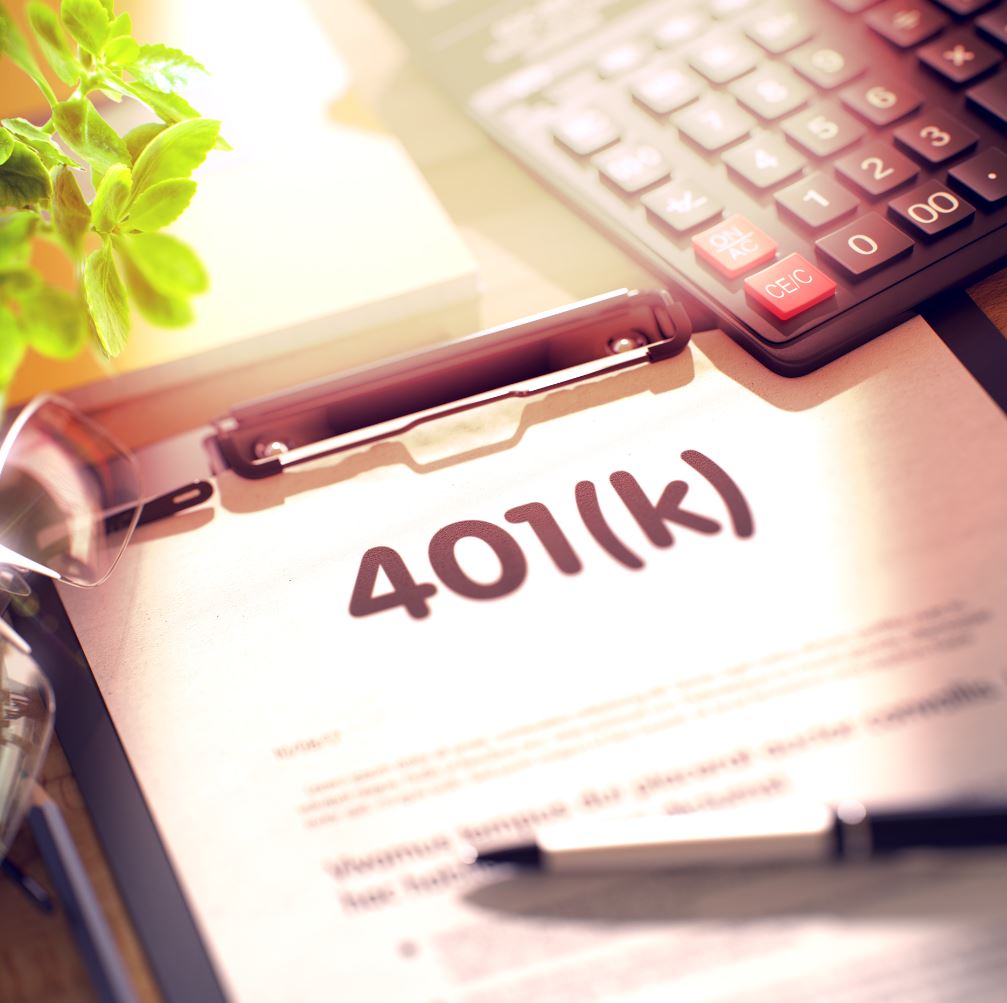This website uses cookies so that we can provide you with the best user experience possible. Cookie information is stored in your browser and performs functions such as recognising you when you return to our website and helping our team to understand which sections of the website you find most interesting and useful.
By the Numbers: How is your retirement plan doing compared to America’s overall savings programs?

Most plan sponsors want to know how their 401(k) plan stacks up to the average plan. This is often the first question asked when attempting to determine whether an effort should be made to upgrade the features and benefits of a plan.
The majority of America’s small companies (those under 1,000 employees) have their workers’ best interests in mind when it comes to investing in their retirement. However, they can face serious obstacles, including administrative responsibilities, a lack of time to manage plan responsibilities and fees, fiduciary concerns and the volatility of their corporate earnings.
Obtaining reliable data about participants is important to figuring out their concerns and needs and highlighting areas you may want to focus on in your employee communications.
Let’s begin with where we stand today with savings and participant statistics across the spectrum of retirement plans in America.
- More than 1/3 of all 401(k) accounts are held by employees under the age of 40.
- 89% of 401(k) plan participants received an employer contribution last year.
- 86% of plans offer plan loans, and less than 20% of employees have an outstanding loan.
- The average 401(k) plan balance is $102,000 across all 401(k) plan savers.
- 2.3% of plan participants took a hardship withdrawal in 2017.
- The average deferral rate for all savers is 8%.
- The average employee savings amount is $4,142.
- 33% of employer plans were using auto enrollment at year end 12/31/2017, and 19% of plans used a rate of 6% as their default rate. (This is up from just 6% of companies in 2008 defaulting at a 3% rate.)
- 98% of plan sponsors offer target date funds in their plans.
- The most popular match formula is 50% up to 6% used by 32% of plans with a company match.
- 70% of plans offer a Roth deferral feature.
- 70% of plans retain an independent investment advisor to assist with fiduciary responsibility.
- Plan sponsors offer an average of 19 funds in their plans.
- 66% of plans allow for immediate eligibility. 74% of employers also allow for immediate eligibility in the employer match.
- 44% of plans use a safe harbor plan design feature.
- 40% of plans offer immediate vesting of all employer contributions.
Plan Expenses
The majority of plan expenses are paid by the company with the exception of record-keeping and investment advisor fees. 43 percent of plans are charged a basis points fee for record-keeping and administration fees, and 34.4 percent of plans pay a flat rate per participant. More than half of companies conduct a formal review of fees annually, and 30.3 percent review them more frequently, according to the Society for Human Resources Management.
Plan sponsors are advised to take the necessary actions to encourage plan participation and motivate individuals to increase their retirement savings. If the retirement plan you currently offer needs an upgrade, talk to your Sikich advisor for recommendations and assistance.
* The most current studies and reports available have been used to compile the information. The following is a list of source material:
- “60th Annual Survey of Profit Sharing and 401k Plans,” published by Plan Sponsor Council of America
This publication contains general information only and Sikich is not, by means of this publication, rendering accounting, business, financial, investment, legal, tax, or any other professional advice or services. This publication is not a substitute for such professional advice or services, nor should you use it as a basis for any decision, action or omission that may affect you or your business. Before making any decision, taking any action or omitting an action that may affect you or your business, you should consult a qualified professional advisor. In addition, this publication may contain certain content generated by an artificial intelligence (AI) language model. You acknowledge that Sikich shall not be responsible for any loss sustained by you or any person who relies on this publication.




